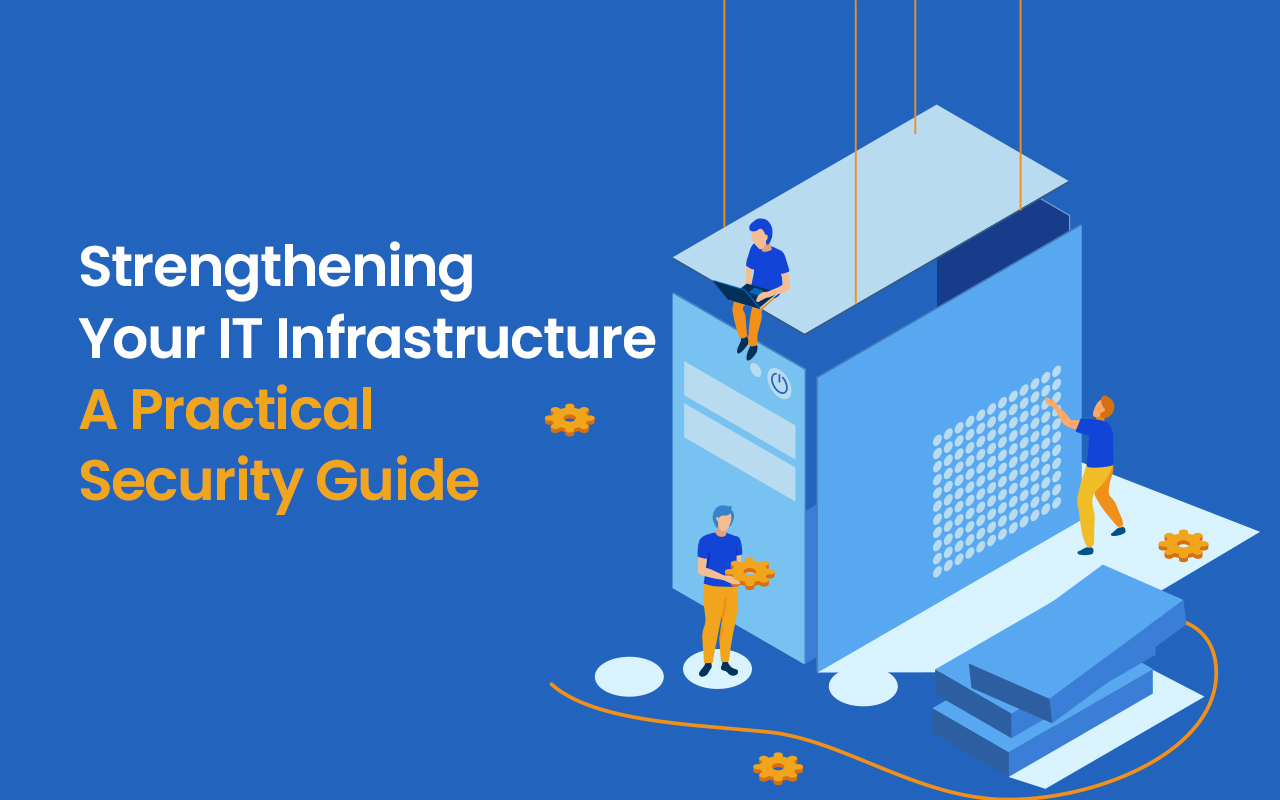
It is very important to protect your IT systems these days. Companies need to have top-of-the-line security systems installed to deal with new online threats. Regardless of whether you own a small business or a very big corporation, acting promptly can help you safeguard your vital information, networks, and computers. This guide aims to provide realistic and effective ways to improve your IT security without increasing the burden on users.
Analyze How Secure Your Systems Are Now
Conduct a security assessment of your business systems and how the data flows in the entire organization. Running an IT setup without a security check is a bad idea, so look for security loopholes in old network software, in your era-prog style setting, as well as the IT structure of your organization. Outdated passwords and software are two areas that are always vulnerable and need immediate attention. A network check will highlight the parts that are not adequately fenced off which is something you must always look out for.
Put In Place Strong Authentication Tactics
Making sure all rules put in place are enforced makes the authentication process more secure. Consider these few steps as a start:
- Multi-Factor Authentication (MFA): This is used to determine the identity of the individual to whom access is needed and can be done in many different ways.
- Strong Password Policy: This encourages the use of complicated passwords that need to be changed regularly.
- Biometric Login: Utilization of fingerprint or facial recognition scan as the primary means of identification increases security.
Keep Software And Systems Current
All operating systems, applications, and firmware should always be up to date with the most recent software updates and patches. These patches are essential for protecting against new security vulnerabilities. Also, consider the use of automated patching systems to help increase efficiency. These automated systems will assist in resolving those security vulnerabilities.
Protect Your Network
Another important component of the IT infrastructure protection is the network security. To help enhance your network security:
- Utilize firewalls to control and check traffic.
- Use Intrusion Detection Systems and Intrusion Prevention Systems (IDPS) to detect threat actors.
- Restrict certain critical data by network segmentation and consider the integration development to enhance the communication between security tools.
- Protect data sent over the network from being captured by unauthorized users by encrypting it.
Train Employees on Cybersecurity Practices
One of the main reasons for a breach in security is human error. Some of the training sessions should include:
- Identifying phishing attempts and dubious emails.
- Safe internet surfing and downloading policies.
- Correct procedures for dealing with sensitive information including device protection.
Implement a Zero Trust Security Model
Adopting a Zero Trust Security Model will further protect your IT infrastructure. In Zero Trust, no one - insider or outsider - can ever be trusted by default. Everything and everyone is deemed to be a potential threat until proven otherwise. This framework mandates continuous checking of user identity, limited accessibility, and micro-segmentation to contain the damage of any security threats.
Regularly Backup Data
A good backup plan makes certain that the data can be retrieved in the event of a cyberattack, hardware failures, or even natural catastrophes. Best practices to follow include:
- Adhere to the 3-2-1 Backup Rule (three copies of data on two devices, and one copy off-site).
- Backup data should be encrypted.
- Backup and recovery processes should be tested for effectiveness regularly.
Keep an Eye Out and Provide Anti Threat Solutions
Being vigilant helps to identify and curb cyber threats easily. Make sure to invest in:
- SIEM solutions to study logs for dictates of potential cyberattacks.
- EDR solutions to block and remove harmful devices from the system.
- Action plans for rapid response to security breaches.
Conclusion
Enhancing your IT infrastructure is achieved through an integrated system where strong authentication, adequate software installations, employee training, and network security all work together. If businesses can adopt these best practices along with proactive security measures, they can mitigate the chances of cyberattacks substantially and preserve vital assets. Monitor continuously, improve your systems, and create a strong IT security framework to ensure lasting protection.
Share this post
Leave a comment
All comments are moderated. Spammy and bot submitted comments are deleted. Please submit the comments that are helpful to others, and we'll approve your comments. A comment that includes outbound link will only be approved if the content is relevant to the topic, and has some value to our readers.

Comments (0)
No comment